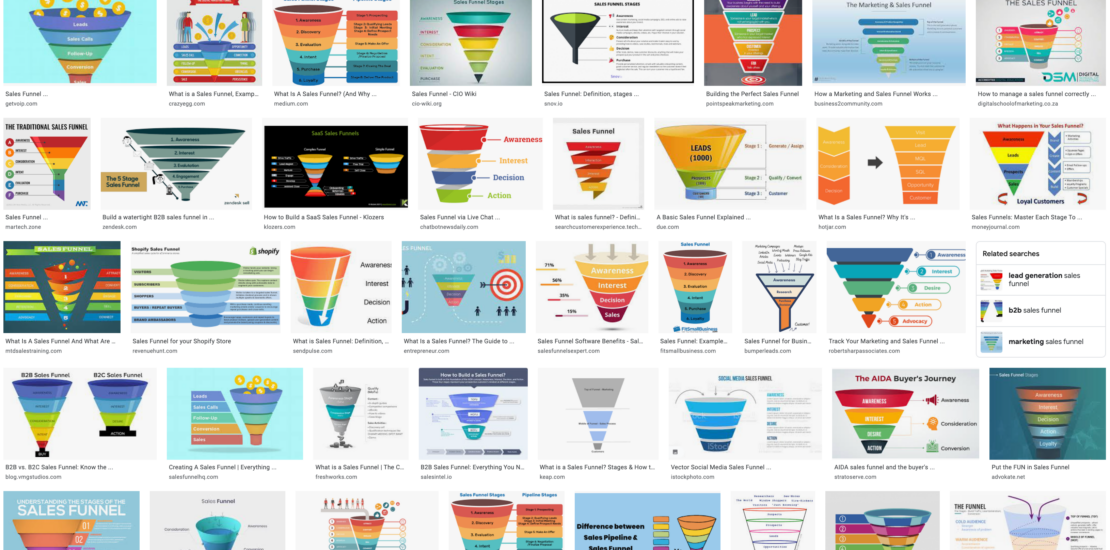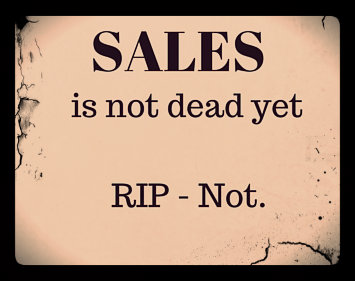sales funnel
-
Most Sales Processes, Funnels and Pipelines are How Old?
- September 29, 2021
- Posted by: Dave Kurlan
- Category: Understanding the Sales Force

I was looking for an image of a sales funnel and couldn’t believe what I found! My search results can be found here. Can you believe all of those images of sales funnels? Look them over and see if you can recognize the problem with all of them.
-
Why Inbound and Inside Sales Experts Think Sales Process is Dead Too
- August 18, 2015
- Posted by: Dave Kurlan
- Category: Understanding the Sales Force

I love and use some of their tools and services and recommend them to clients too. But the key word here is tools. They support and enhance selling. Tools don’t replace selling.
-
Sales Leadership Observations about Pipeline and Terminations
- June 3, 2013
- Posted by: Dave Kurlan
- Category: Understanding the Sales Force
It gets a bit scary when people who are experts in one thing write about another. Today’s example was sent to me by OMG partner Mike Shannon. He sent along a recent BtoBonline.com post by Jeff Perkins. Jeff suggests that the sales funnel is a thing of the past, but his examples, and therefore reasons, are way off base. He seems confused about what the sales pipeline or funnel is supposed to do for us.
-
Controversial “Best Time” For Salespeople To Fill Their Pipeline
- June 21, 2012
- Posted by: Dave Kurlan
- Category: Understanding the Sales Force
The obvious answer is to make sure that they fill the pipeline when it begins to empty or is getting close to being empty, right?
Wrong.

